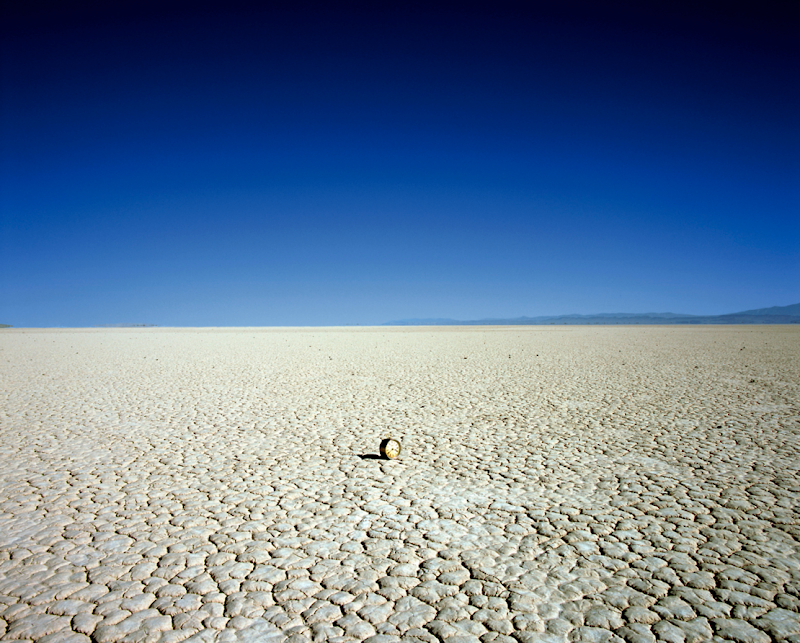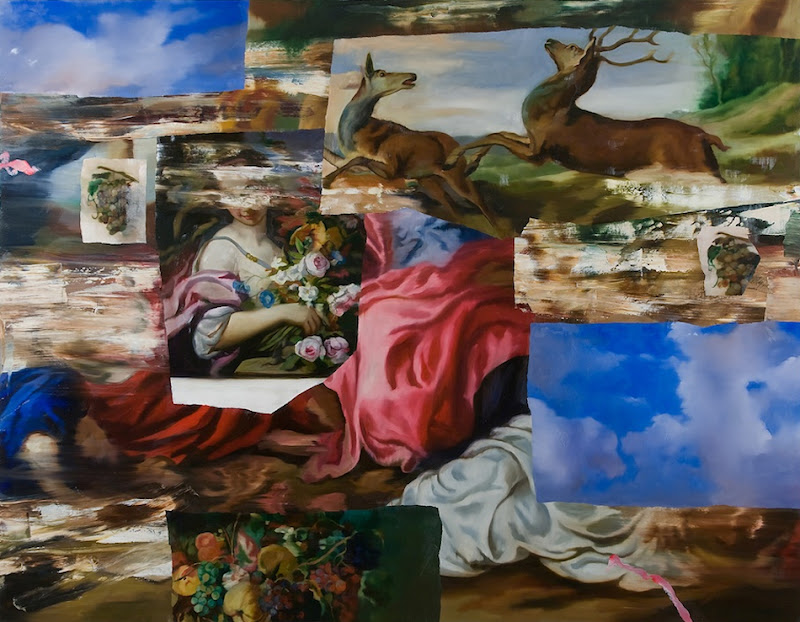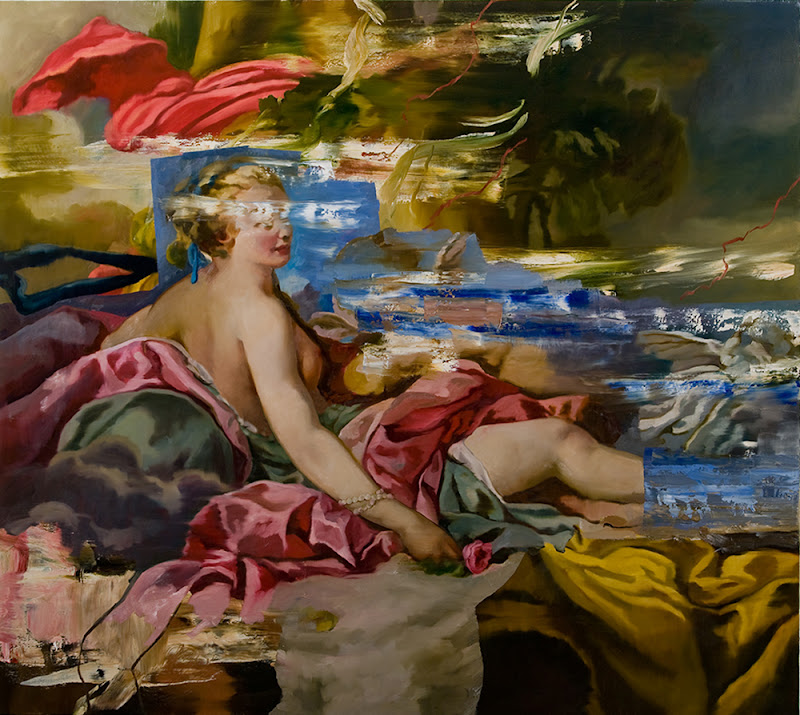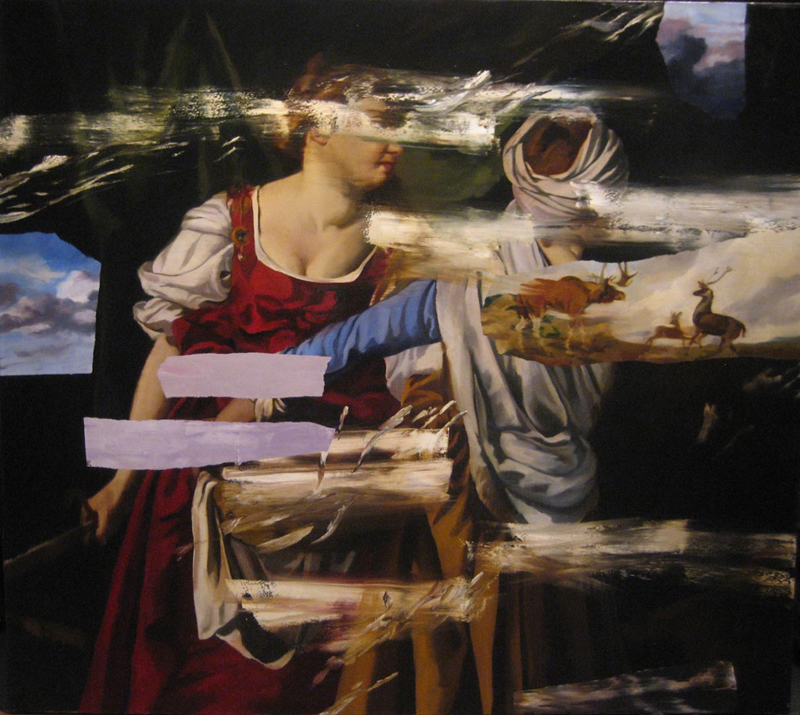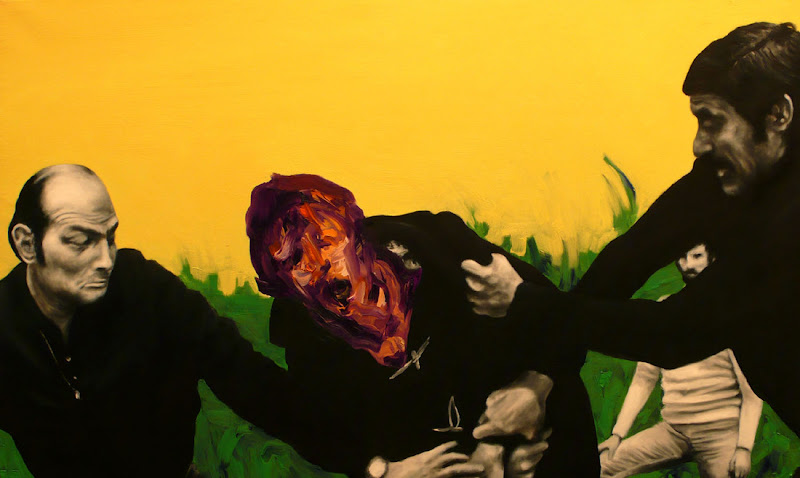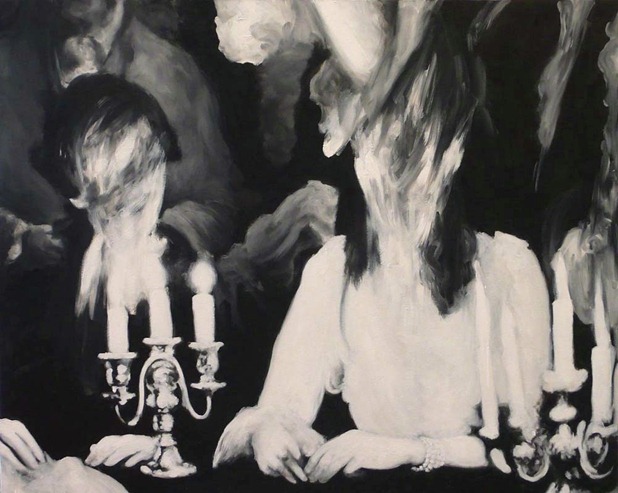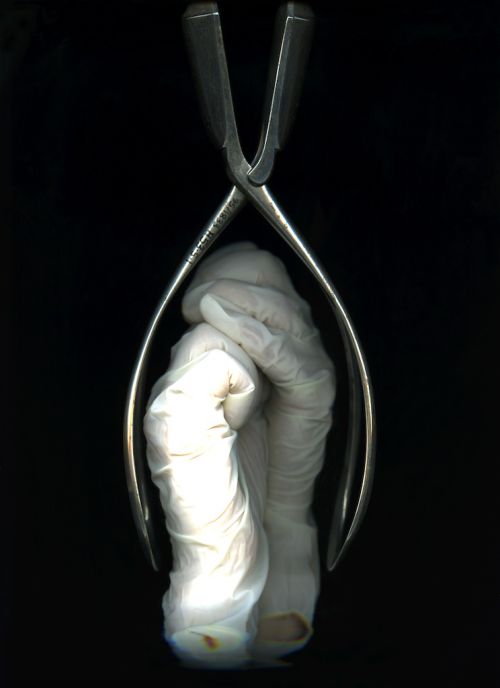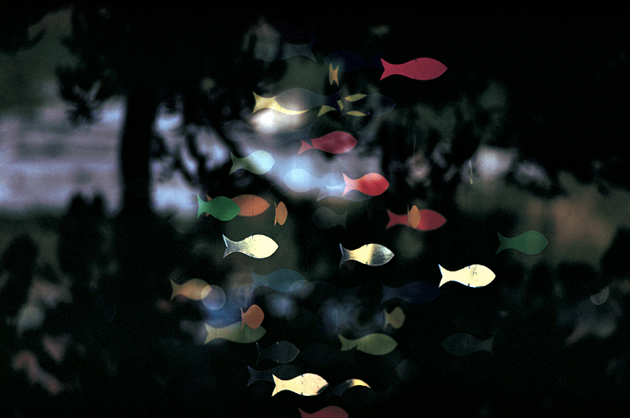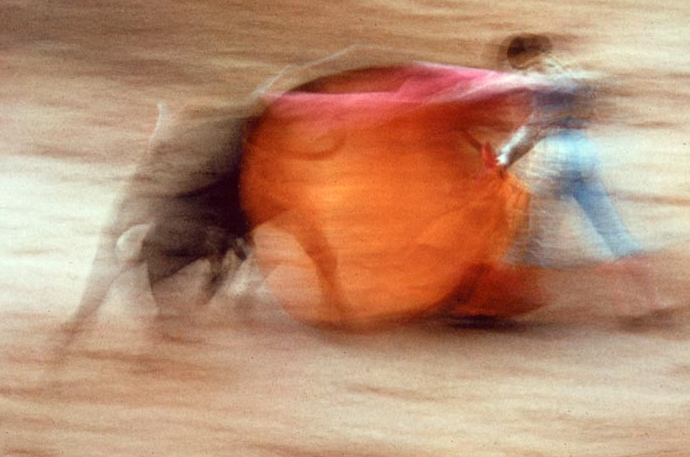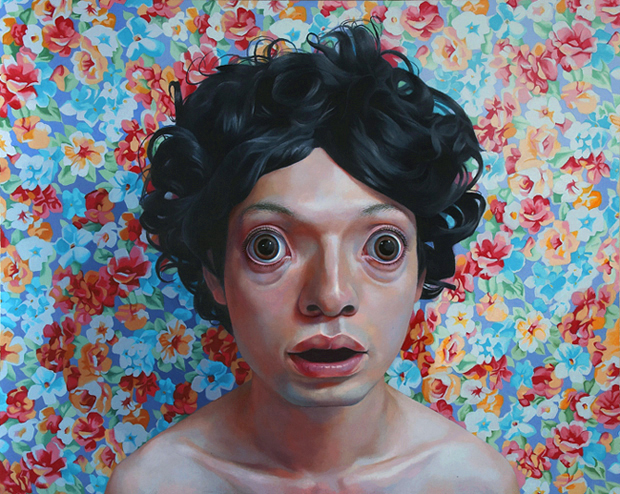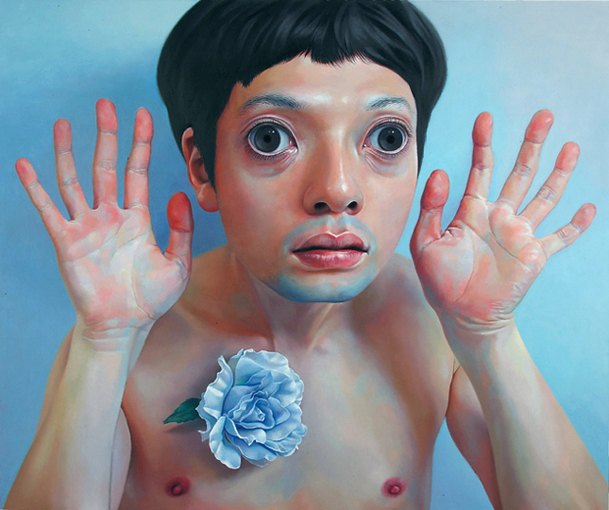ERNST HAAS
Ernst Haas (March 2, 1921, Vienna – September 12, 1986, New York)
was an Austrian artist and influential photographer noted for his innovations in color photography, experiments in abstract light and form, and as a member of the Magnum Photos agency.
Haas attended medical school in Austria, but, in 1947, left to become a staff photographer for the magazine Heute. His photo essay for the magazine on prisoners of war coming home to Vienna won him acclaim and an offer to join Magnum Photos from Robert Capa. Haas and Werner Bischof were the first photographers invited to join Magnum by the founders Capa, David "Chim" Seymour, Henri Cartier-Bresson, George Rodger and Bill Vandivert.
Haas moved to New York City and in 1953 produced a 24-page, color photo essay on the city for Life, which then commissioned similar photo spreads on Paris and Venice. By 1958 he was considered one of the top ten photographers in world by Popular Photography magazine. In 1962, the Museum of Modern Art mounted a one-man show of Haas' color photos. Haas' first photo book, Elements, was published the next year.
Some of Haas' most famous pictures were deliberately out-of-focus and blurred, creating strong visual effects. He used the dye transfer process to make many of his original prints, yielding richly saturated colors.
In 1964, film director John Huston hired Haas to direct the creation sequence for Huston's 1964 film, The Bible. Haas continued working on the theme, producing the photo book, The Creation in 1971. Other photography books by Haas included In America in 1975, a tribute to his adopted country for its bicentennial year; Deutschland in 1977; and Himalayan Pilgrimage in 1978. Other films that Haas worked on included The Misfits in 1961, Hello, Dolly! in 1969, Little Big Man in 1970, and Heaven's Gate in 1980. Haas also photographed a number of advertising campaigns for Marlboro cigarettes.
In 1986, Haas received the Hasselblad Award for his photography. Haas died of a stroke in New York City.
While Haas had been working for some time before his death on a book with 'ideas for chapters and picture layouts', it fell to his son and daugher and former colleagues to bring a book to realisation. In 1989 'A Colour Retrospective 1952-1986' was published by Thames and Hudson. In it 'Selected Writings of Ernst Haas' gives broad and profound insight into his approach to and philosophy of photography;
'Photography is a bridge between science and art.It brings to Science what it needs most, the artistic sense, and to art the proof that nothing can be imagined which cannot be matched in the counterpoints of nature'. (
SOURCE WIKIPEDIA)
☁ ERNST HAAS
☁ ERNST HAAS @ GETTY IMAGES




